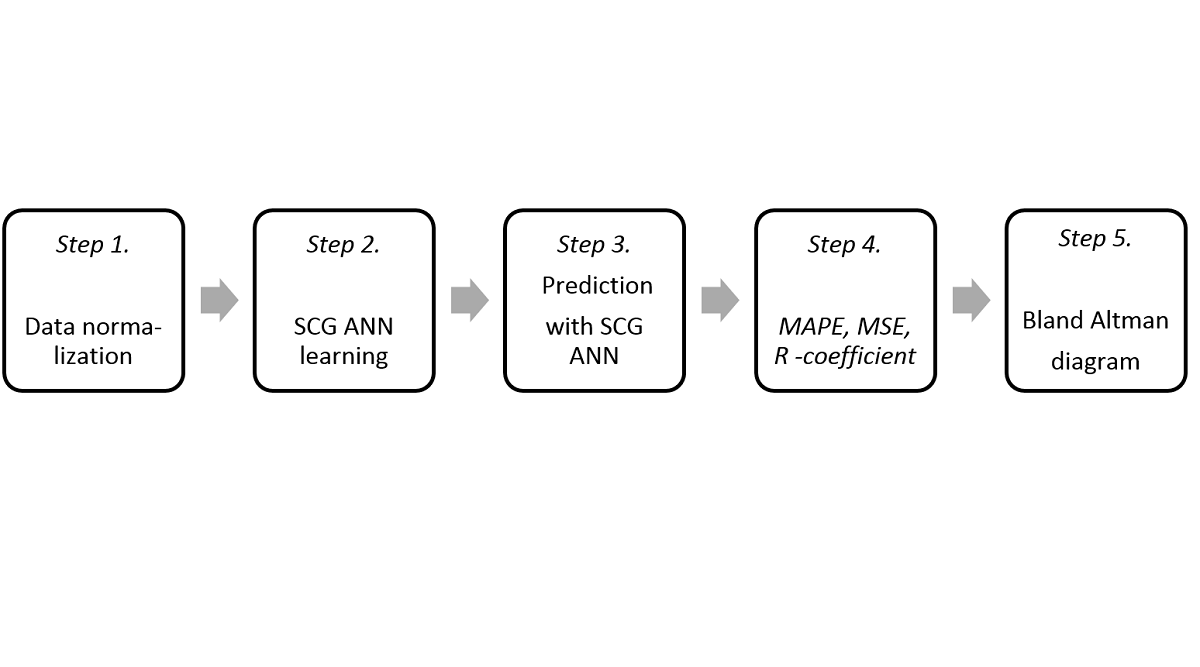This article introduces a new way of using a Fibre Bragg Grating (FBG) sensor for detecting the presence and number of occupants in the monitored space in a Smart Home (SH). CO2 sensors are used to determine the CO2 concentration of the monitored rooms in an SH. CO2 sensors can also be used for occupancy recognition of the monitored spaces in SH. To determine the presence of occupants in the monitored rooms of the SH, the newly devised method of CO2 prediction, by means of an Artificial Neural Network (ANN) with a Scaled Conjugate Gradient (SCG) algorithm using measurements of typical operational technical quantities (indoor temperature, relative humidity indoor and CO2 concentration in the SH) is used. The goal of the experiments is to verify the possibility of using the FBG sensor in order to unambiguously detect the number of occupants in the selected room (R104) and, at the same time, to harness the newly proposed method of CO2 prediction with ANN SCG for recognition of the SH occupancy status and the SH spatial location (rooms R104, R203, and R204) of an occupant. The designed experiments will verify the possibility of using a minimum number of sensors for measuring the non-electric quantities of indoor temperature and indoor relative humidity and the possibility of monitoring the presence of occupants in the SH using CO2 prediction by means of the ANN SCG method with ANN learning for the data obtained from only one room (R203). The prediction accuracy exceeded 90% in certain experiments. The uniqueness and innovativeness of the described solution lie in the integrated multidisciplinary application of technological procedures (the BACnet technology control SH, FBG sensors) and mathematical methods (ANN prediction with SCG algorithm, the Adaptive Filtration with of LMS algorithm) employed for the recognition of number persons and occupancy recognition of selected monitored rooms of SH.

